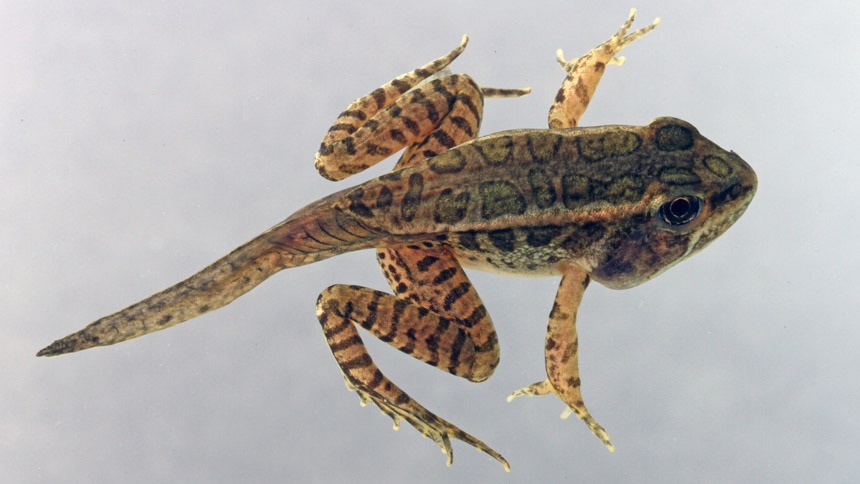
Facts About Froglets
If you are one that happens to pet a frog and is interested in knowing its development, here is a fun article for you!
Frogs go through something called metamorphosis. But what is metamorphosis? Metamorphosis is the process of transformation certain types of animals go through from an immature form to an adult form.
But to further understand its amazing transformation, it is best that we tackle its entire cycle.
Page Contents
From Tadpole to Froglet
Here, we have broken down its life cycle so you could have a glimpse of how tadpoles (larva) turn into adult frogs.
More so, we are focusing on the tadpole and a juvenile frog stage – froglet.
Eggs: The beginning of the cycle
Of course, it is the adult frog’s job to reproduce and lay eggs. Mostly, laid eggs could be found on shallow parts of the water or at the bottom. Either of which is fine. Provided, frog eggs have enough moisture, or they will dry up. These eggs are expected to hatch within a few days to a few weeks, depending on the species.
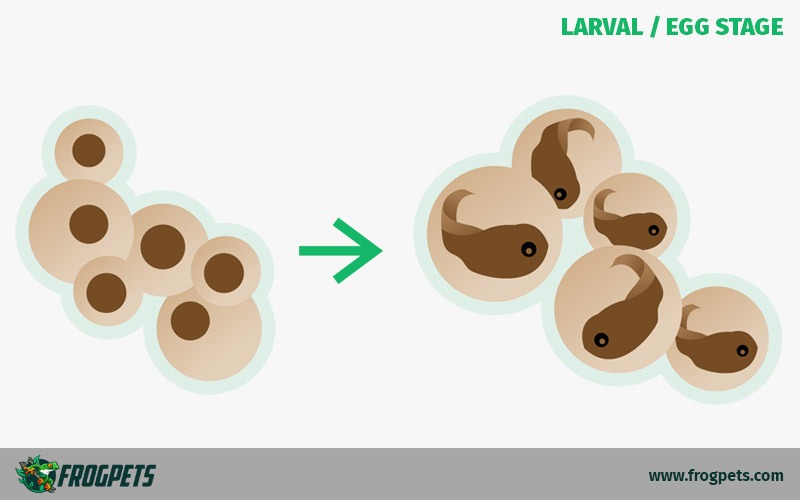
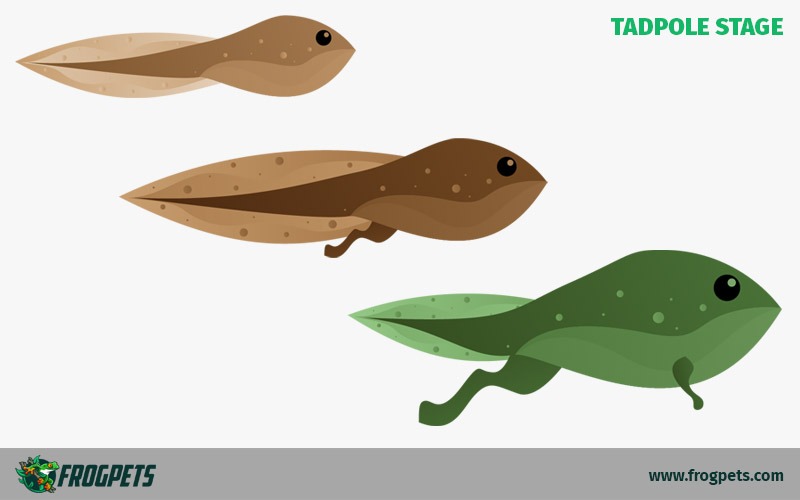
Tadpoles: After hatching from eggs
Tiny tadpoles are seen within the jelly-like egg sacks before hatching. Once hatched, they may lay motionless on the bottom of whatever body of water they’re in. Some newly hatched tadpoles remain motionless for several hours or even days. Eventually, however, they begin moving and swimming around.
At this rate, they developed gills for underwater breathing and tails for swimming. Afar from adult frogs who could live both on land and in water, tadpoles are the opposite.
Froglets: The exciting part
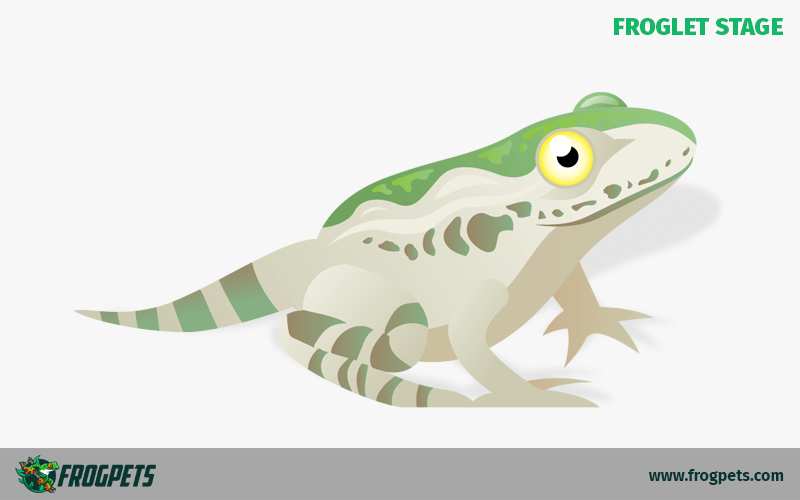
As mentioned earlier, a froglet is in the phase between a tadpole and an adult frog. But what really differentiates a froglet from the rest of its life cycle?
Here, we have summarized for you a few fun facts about this stage.
Fact 1: Absorbing their tails
Transforming from being a tadpole to a froglet is a huge leap of development in a frog’s life cycle. As we recall, tadpoles have tails and gills. But shortly after growing legs, tadpoles begin absorbing their tail. This specific development makes them one step closer to becoming adult frogs.
At this point, it can also notice that tadpoles start to form a frog-like face. Also, its tail is slowly disappearing, becoming shorter and shorter as it grows.
Fact 2: Froglets eat less than usual
The tail they were absorbing acts as a source of nourishment to their bodies. This means that until the tail has fully disappeared, it does not need as much food as the tail itself sustains the strength it needs.
Once the tail is gone, the froglet now is turning into an adult frog and is able to leave the water.
Fact 3: They’re becoming semi-aquatic
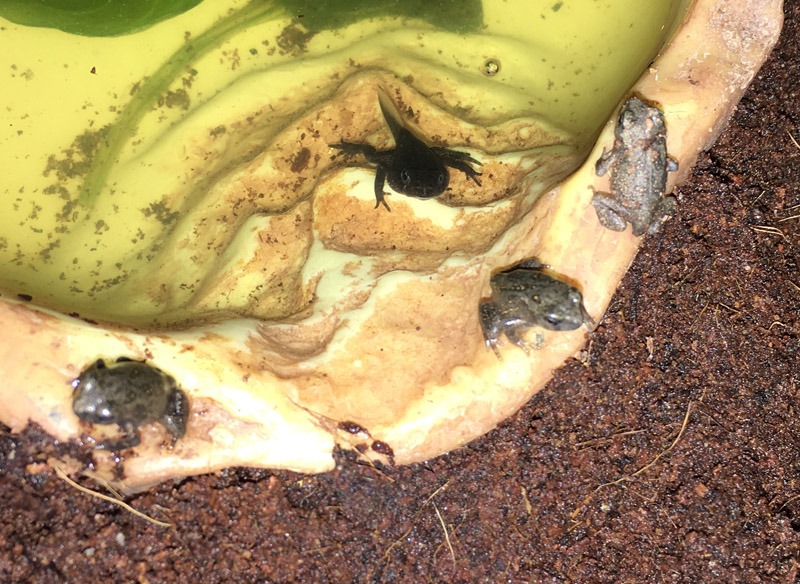
During the beginning of the life cycle, most tadpoles are fully aquatic, spending all their time in the water. Since eggs are not yet hatched, they just settle down at the bottom until they turn into larva. As they turn into tadpoles, they are still not able to live on land since they have not yet developed their legs. Hence, during these first two stages, water is their best friend.
But, as they begin to develop legs as froglets, they will start venturing on land. Having those allow them now to hop and walk on land as well as swim in the water.
Fact 4: Froglets become more carnivorous
As froglets absorb their tails and develop an appetite, in addition to hopping on land, they start eating tiny insects. Even so, their diet starts to shift into eating more of what their tongues can reach.
Since they hop on land, they have many varieties to choose from. Tiny insects such as flies, spiders, moths, and even worms that could satisfy their starving stomach are also included in their list.
As a matter of fact, some hobbyists raising frogs begin feeding their froglets things like wingless fruit flies and pinhead crickets.
Fact 5: They still depend heavily on water
Despite having the ability to walk on land, they spend much of their time in the water. Froglets are still young frogs, and their ability to survive is much higher when they stay near water.
Once they complete their entire development and are now fully transformed adult frogs, they will also eventually go back to the water to start the cycle all over again.
From Froglet to Adult Frog
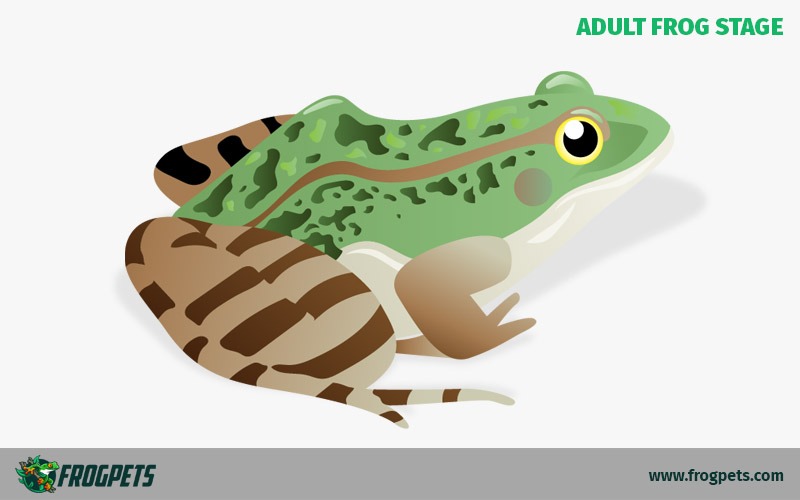
From tadpoles turning into froglets, now comes the last stage of the cycle – becoming an adult frog. To clearly distinguish the latter from a froglet, a fully developed adult frog has no tail on its back and is now perfectly fit to leave the water and live on land.
Physically, it will look extremely different from how it looked during its initial stages as eggs and tadpoles.
Now that the end of the frog life cycle ends, the cycle repeats itself. This time, adult frogs go back to the water and lay eggs.
Summary
Like most amphibians, frogs spend their lives near water because they’re heavily dependent on it. Adult frogs breed and lay eggs in bodies of water for the most part. Shortly after, these eggs are expected to hatch and turn into tadpoles. From tadpoles, they turn into young frogs or what they call “froglets”.
“Froglets” are at a stage between a tadpole and an adult frog. By this point, they already have four complete legs ready for hopping and walking. Compared to the tadpole phase, “froglets” at this rate have their gills disappeared and have enlarged lungs.
To further distinguish it from an adult one, froglets still have a tiny tail behind. This tail, as they absorb, became their main source of nutrients allowing them to survive with little food.
However, a froglets’ diet shifts from plants to tiny insects. Since their tail is slowly disappearing, so is the nutrition it provides. Hence, froglets now become more carnivorous, eating small bugs like fruit flies and pinhead crickets.
As soon as the tail disappears, they are now turning into adult frogs. From there, the cycle repeats. Eventually, adult frogs will go back to the water and lay eggs.
Featured photo by Michael / Adobe Stock

Leave a Reply